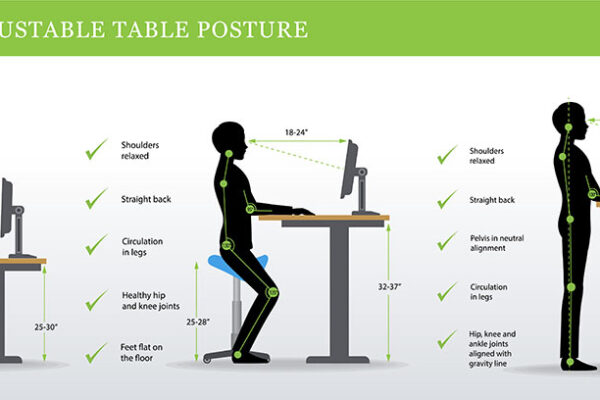Physical Therapy
Although subtle, our breathing habits play a crucial role in our health. Breathing affects every single system of the body, so it makes sense that our breathing patterns would strongly influence our well-being. Poor breathing habits, such as shallow, chest breathing and holding our breath insidiously can wreak havoc and have been linked to heart disease, high blood pressure, chronic pain, anxiety, lack of energy, poor posture, and low back and neck injuries.
There is a growing body of evidence that breathing with an emphasis on exhalation helps us relax, prevent disease, and enhance health. I refer to a slightly longer exhale as “Hail the Exhale.” In Chinese Medicine, this breathing style is known as “Buddha’s Breath.” Yogis and religious leaders have intuitively known about the virtues of exhaling and often train others to exhale longer by reciting prayers out loud, chanting, and singing.
Scientists are just beginning to understand how exhale-dominant breathing benefits us. Blowing air out stimulates the parasympathetic nervous system (PNS). The PNS governs the relaxation response that combats stress and enables us to relax, digest nutrients, express ourselves, heal, and recover from trauma and injuries. The PNS also helps us appreciate beauty, feel pleasure, and think of creative solutions to our problems.
Additionally, current research shows that exhale dominant breathing also plays a role in preventive medicine. Dr. Kevin Tracey of the Feinstein Institute has demonstrated that the vagus nerve, a major component of the PNS, plays a major role in an “anti-inflammatory reflex.” Dr. Tracey’s research has shown that stimulating the vagus nerve decreases chronic inflammation, whereas blocking the vagus nerve increases inflammation. Scientists are now linking low-grade chronic inflammation to a myriad of common diseases and medical conditions, including cancer, diabetes, heart disease, chronic pain, and stroke. Who knew that waiting to exhale could be so detrimental to our health?
References
Conrad, Angar, et al. (2007). Psychological Effects of Breathing Instructions for Stress Management. Applied Psychophysiology Biofeedback, 32, 89-98.
Farhi, D. (1996) The Breathing Book: Good Health and Vitality through Essential Breath Work. New York, NY: Henry Holt and Company, Inc.
Mehling, Wolf E., et al. (2005). Randomized, Controlled Trial of Breath Therapy for Patients with Chronic Low-back pain. Alternative Therapies, 11, 44-52.
Pastor, M.C. , Menendez, F.J., Sanz, T.S., & Abad, E.V. (2008). The Influence of Respiration on Biofeedback Techniques. Applied Psychophysiology Biofeedback, 33, 49-54.
Tracey, K.J. (2007). Physiology and immunologoy of the cholinergic anti-inflammatory pathway. The Journal of Clinical Investigation, 117, 289-296.
Tracey, K.J., & Oke, S.L. The Inflammatory Reflex and the Role of Complementary and Alternative Medical Therapies. (2009) Longevity, Regeneration, and Optimal Health: Ann. N.Y. Academy of Sciencies, 1171 172-180.
About the Author:
Natazha Bernie received her doctorate in physical therapy (PT) in 2011 from UCSF/SF State University and did a residency in Proprioceptive Neuromuscular Facilitation (PNF), a technique that retrains movement and posture habits that cause injuries, interfere with healing, and impede recovery and performance. Certified to teach Pilates and yoga, she has more than twenty years experience teaching these disciplines for rehabilitation, management of neurological conditions, injury prevention, and enhanced sports performance. Her specialty is efficient breathing and posture; Natazha is the PT instructor for a four-year, National Institutes of Health research study on improving posture and breathing.
Natazha has extensive experience training clients for enhanced sports performance and treating sports injuries and neurological conditions including stroke, Parkinson’s, Multiple Sclerosis, and balance issues. She blends her skills in mind/body disciplines and athletic training with her physical therapy skills (PNF, myofascial release, manual therapy, kinesiotaping, and therapeutic exercise) to provide a holistic treatment program. Her clients include Olympic/elite and novice athletes, professional singers and dancers, Team-in-Training runners, and patients rehabilitating from injuries, surgeries, and neurological and chronic medical conditions.



